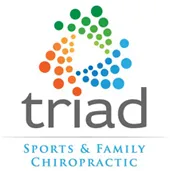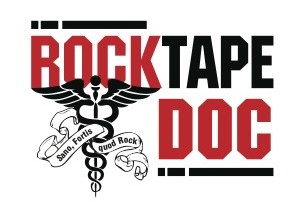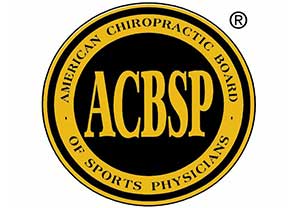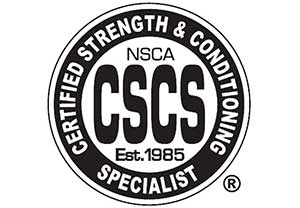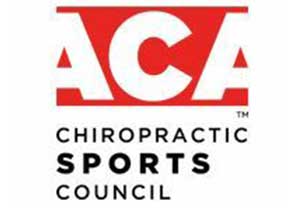
Chiropractors are often thought of as clinicians that deal with back and neck pain, and while this tends to be their specialty, they are so much more than that. Chiropractors are well trained to deal with injuries or pain in any joint in the body. While a chiropractor may not be someone’s first thought for the treatment of shoulder pain, it could be argued that chiropractors are the most well equipped to manage shoulder injuries. This is due to their training to treat the joints of the extremities directly, in addition to the relationship between the function of the thoracic spine and the shoulder.
The connection between thoracic posture and various injuries to the shoulder, especially impingement syndrome, has been well documented in the clinical literature. Let's look at some of that now. For example, patients with diagnosed shoulder impingement syndrome have been shown to have greater thoracic kyphosis and less thoracic extension than peers of the same gender and age (Hunter et al., 2020). There are a number of reasons that this happens. To begin, increased thoracic kyphosis and forward head posture also present with protracted scapula and internally rotated shoulders. These postural changes, including the decreased ability for the thoracic spine to extend, prevent full elevation of the shoulder during forward flexion and can lead to impingement of the rotator cuff under the acromial arch and eventually lead to rotator cuff tendinopathy or tear, if chronic (Houglum, 2016). There are a number of things that a chiropractor can do to assist a patient in the management of a condition such as this and they will tend to focus on both mobility and strength.
MOBILITY
It is generally accepted that it is first important to focus on mobility of the involved joints. So, the first step would be to address the mobility of the thoracic spine, to decrease the kyphosis, and allow for more extension. A chiropractor will be able to use both spinal and soft tissue manipulation to address this in office. A chiropractor should also often send home exercises so you can continue to work on thoracic mobility at home. Some examples of these exercises might include cat-cows, open books, or threading the needle. In addition to addressing the thoracic spine, it is also important to address the shoulder directly. Because of the resting internally rotated position of the shoulder that presents with this condition, it is important for the clinician to examine the patient to determine if this is due to a lack of external rotation range of motion, or a lack of strength in the external rotators of the shoulder. If this is due to lack of range of motion, then more soft tissue manipulation and joint mobilization can be used to regain full mobility of the shoulder. If this is due to external rotator weakness, then this must be addressed through strength work.
STRENGTH
As discussed before, the upper cross posture tends to present with weakness in both the muscles that retract the scapula, and the muscles that externally rotate the shoulders (Houglum, 2016). So, exercises to address the weakness in these muscles should also be sent home with the patient. These kinds of exercises could be ITY’s or rows to focus on the scapular retractors, and things like banded external rotation to address the external rotators. In addition, adding more soft tissue manipulation to address the antagonists of these muscles, which also tend to be tight or shortened, could be added to the mobility work if indicated.
In conclusion, it is important to recognize that chiropractors are helpful in the management of many conditions or injuries outside of the classic lower back and neck pain that people tend to think about. In fact, chiropractors are uniquely well positioned to handle many of these kinds of complaints because of their ability to address both the spine and any extremity joint in question, which is especially helpful for a condition such as a shoulder injury.
Houglum, P. A. (2016). Therapeutic exercise for musculoskeletal injuries (4th ed.). Human Kinetics.
Hunter, D.J., Rivett, D.A., McKeirnan, S., Smith, L., & Snodgrass, S.J. (2020). Relationship Between Shoulder Impingement Syndrome and Thoracic Posture. Physical therapy, 100(4), 677–686.
